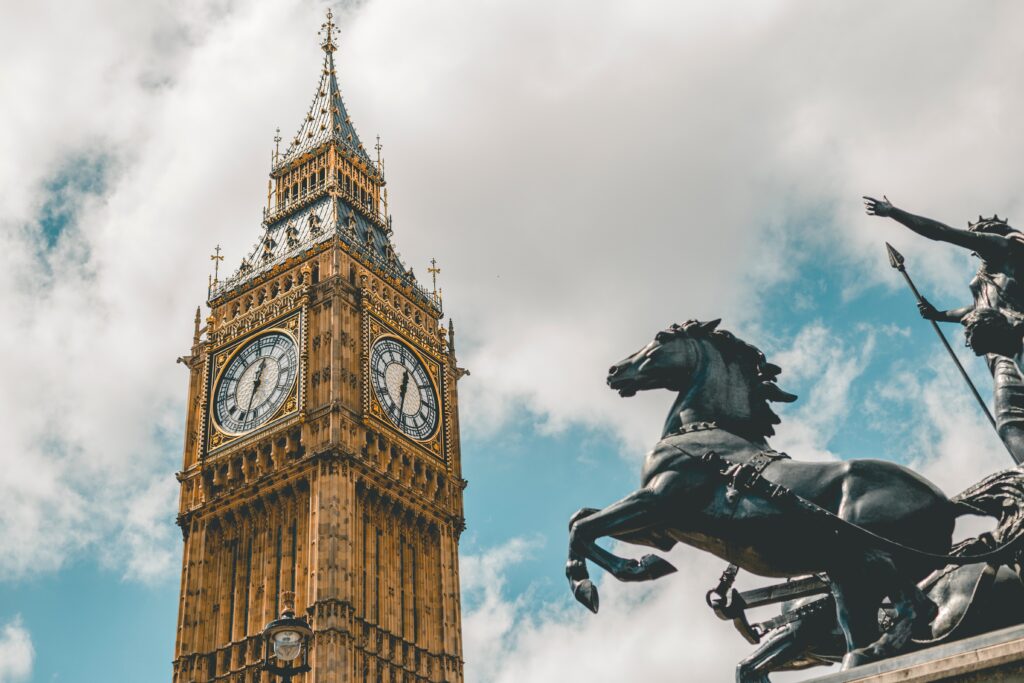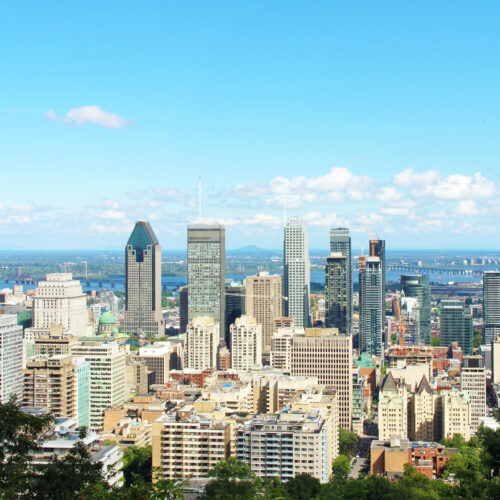
Making the Most of Your London Trip Without Breaking the Bank
by Stefanie Michaels
If you’re thinking about hitting up London and on a budget, there’s many options. This city has so much to do and see from checking out the iconic Big Ben and Westminster Abbey to taking a stroll through Hyde Park and people watching.
Trust me, you won’t be disappointed by London on the cheap. It’s one of the ultimate destinations for culture, food, history and ultimately, a place to stretch your dollars.
There are many free things to do in London that are budget-friendly, such as:
- Visit the British Museum: This world-famous museum has a vast collection of art and antiquities from around the globe and admission is free.
- Take a walk through Hyde Park: This expansive park is a great place to relax and enjoy the outdoors and it’s completely free to enter.
- Explore the markets: London has many markets, such as Borough Market and Camden Market, where you can peruse unique items at a reasonable price.
- Visit St. Paul’s Cathedral: This iconic cathedral is a popular tourist attraction and offers free tours of its crypt and whisper gallery.
- Walkabouts along the Thames Path: This riverside area is home to many of London‘s best street performers, plus offers picture-perfect views of the city. Walk along the South Bank and take in the sights and sounds.
- Visit the Tate Modern: This contemporary art museum is free to enter and boasts a wide range of modern and contemporary artwork.
- Take a self-guided tour of the Houses of Parliament: It’s free to tour the Houses of Parliament when the House of Commons or House of Lords is not in session.
- Visit the Royal Parks: London has many beautiful parks, including St. James’s Park and Kensington Gardens.
- National Gallery: This free admission art museum has a vast collection of paintings from the 13th to the 19th centuries.
- British Library: With a collection of over 150 million items including books, manuscripts, and maps, one can spend hours upon hours here.
- National Portrait Gallery: This art museum has a collection of portraits of famous British people.
- National Trust Properties: The National Trust is a UK conservation organization boasting a number of historic houses and gardens, many of which are open to the public for free.
- Science Museum: A free jaunt into a collection of scientific and technological artifacts.
- Museum of London: This museum has a collection of artifacts and exhibits that tell the history of London from the Roman period to the present day. Admission is free.
- The Promenade at the Southbank Centre: A busy cultural center with a range of free events and performances including music, dance, and theater.
- Martin-in-the-Fields: This church is known for its free concerts which take place several times a week.
- Changing of the Guard: The ceremonial event takes place at Buckingham Palace. Get there early to get a spot as high season means masses of tourists.
- Spitalfields Market: This market has a range of stalls selling clothing, food, and other goods, and it’s free to browse.
- The Natural History Museum: This museum has a collection of specimens from the natural world. Admission is free.
- Harrod’s Department Store: Drop in to witness Europe’s largest department store with 330 brands (spanning seven floors), and their famous toy store on the fourth floor.
Did you know?
Did you know that the Tower of London has been used as a royal palace, a prison, a mint, a zoo, and a royal armory, among other things? It’s one of the oldest and most historically rich buildings in London and has played a significant role in the history of England.
A little history:
London is a city with a rich and fascinating history that spans over two thousand years. It was founded by the Romans in AD 43 and quickly became an important center for trade and commerce.

During the Middle Ages, London grew into a major city and the political capital of England.
The Great Fire of London in 1666 devastated much of the city, but it was quickly rebuilt, leading to the creation of many of London’s iconic buildings and structures, such as St. Paul’s Cathedral.
In the 19th century, London became the largest city in the world and a center of the British Empire, with its population rapidly growing due to immigration and industrialization.
Throughout its history, London has played a significant role in shaping the world and has been a center of cultural, political, and economic power.
Today, it remains one of the most important cities in the world and a hub for commerce, finance, and culture.



